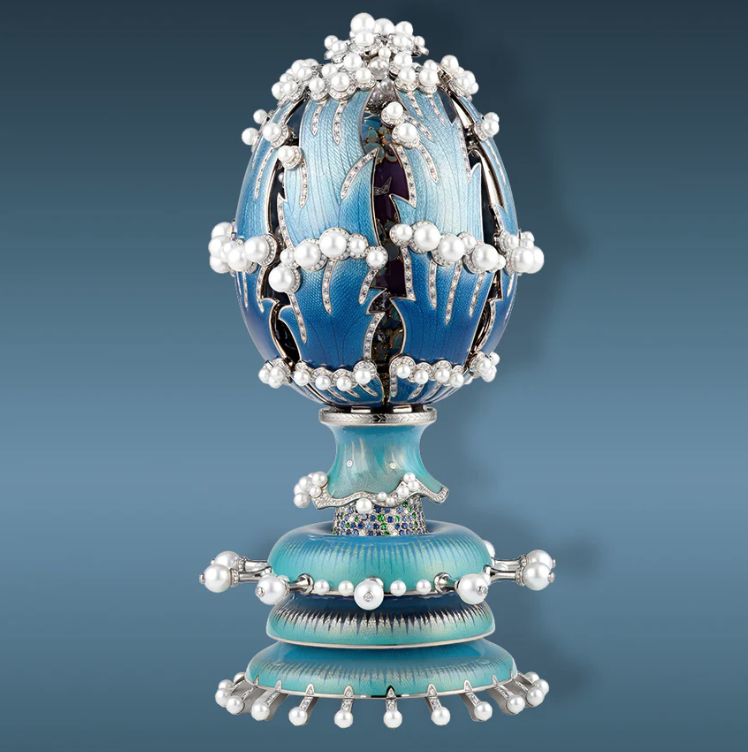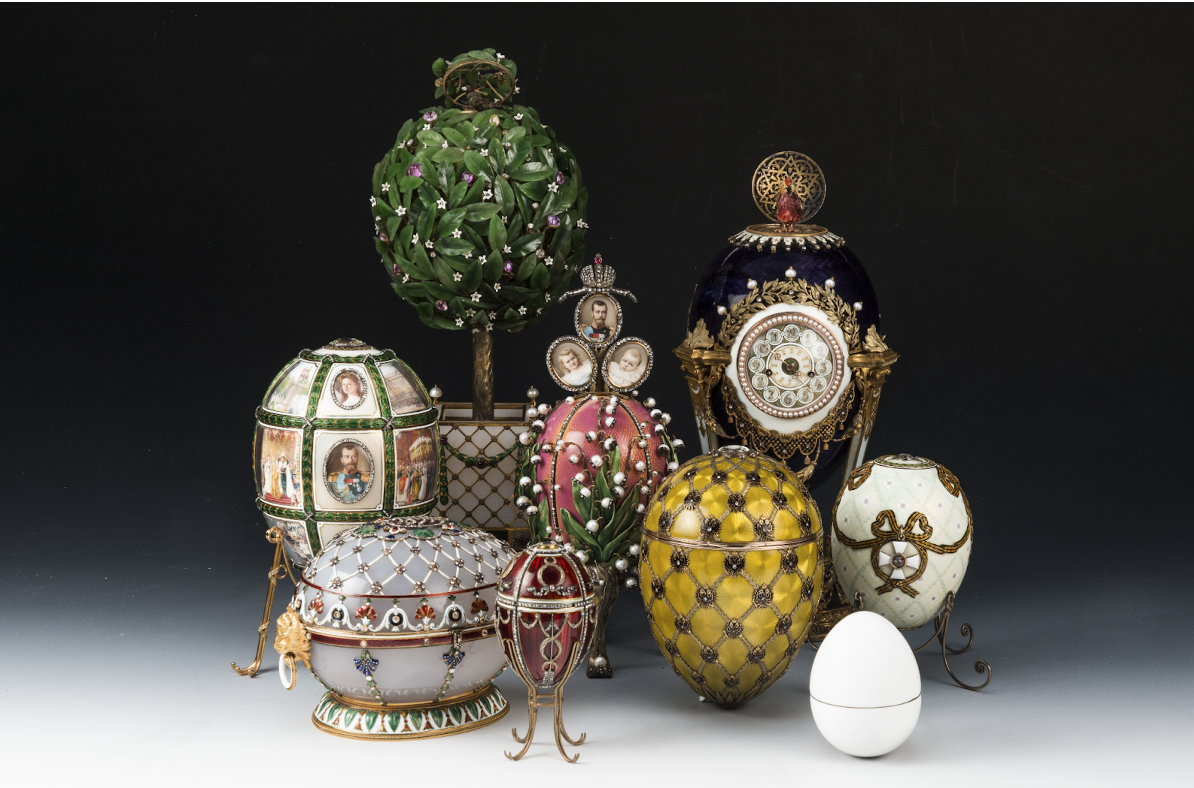
The Origins of Fabergé
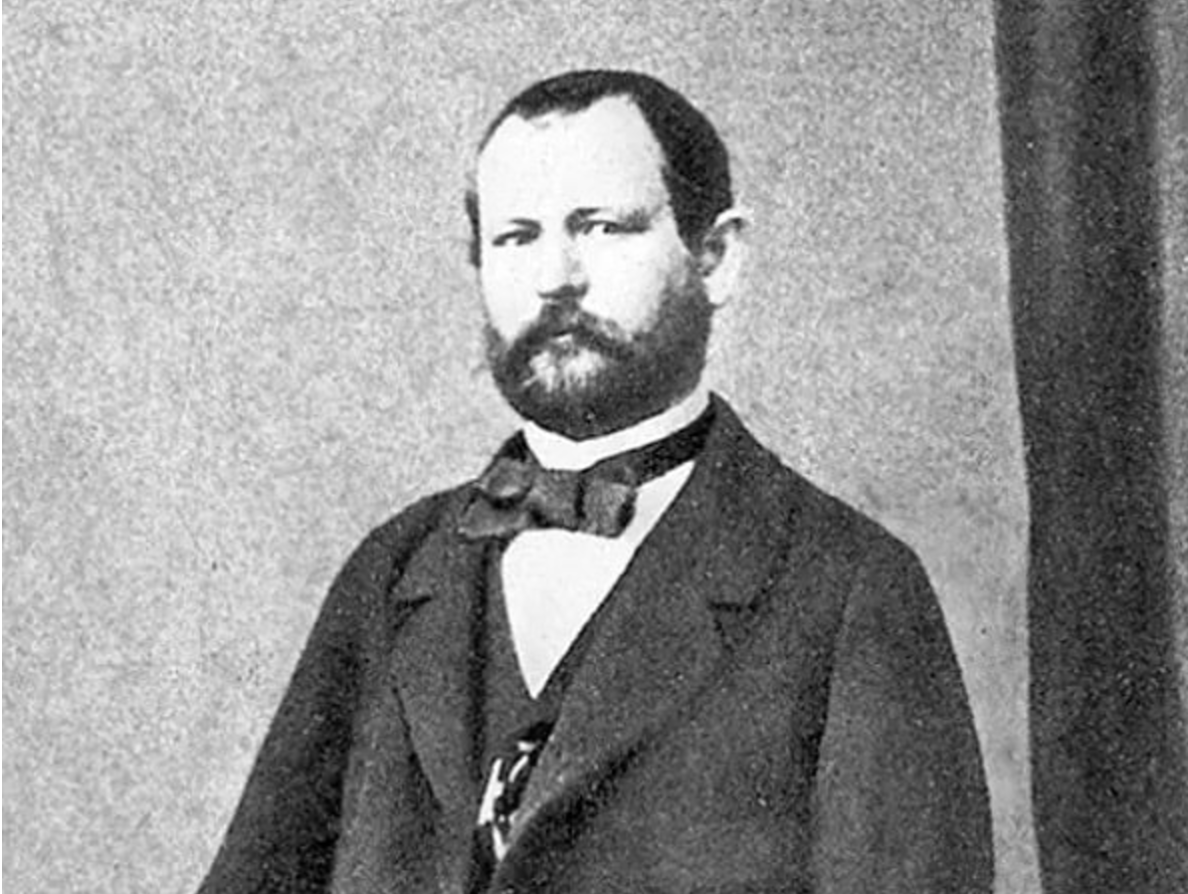
The First Fabergé Egg
The initial commission was meant to be a personal token of love. Alexander III wanted something extraordinary to mark Easter, a time of great religious and cultural significance in Russia. The first Imperial Fabergé egg, known as the “Hen Egg,” appeared simple on the outside—a white enameled shell—but concealed a golden yolk inside. Within the yolk was a golden hen, which itself contained a miniature diamond crown and a tiny ruby pendant. This surprise element became a hallmark of all subsequent Fabergé eggs, enchanting their recipients and making each piece a unique work of art.
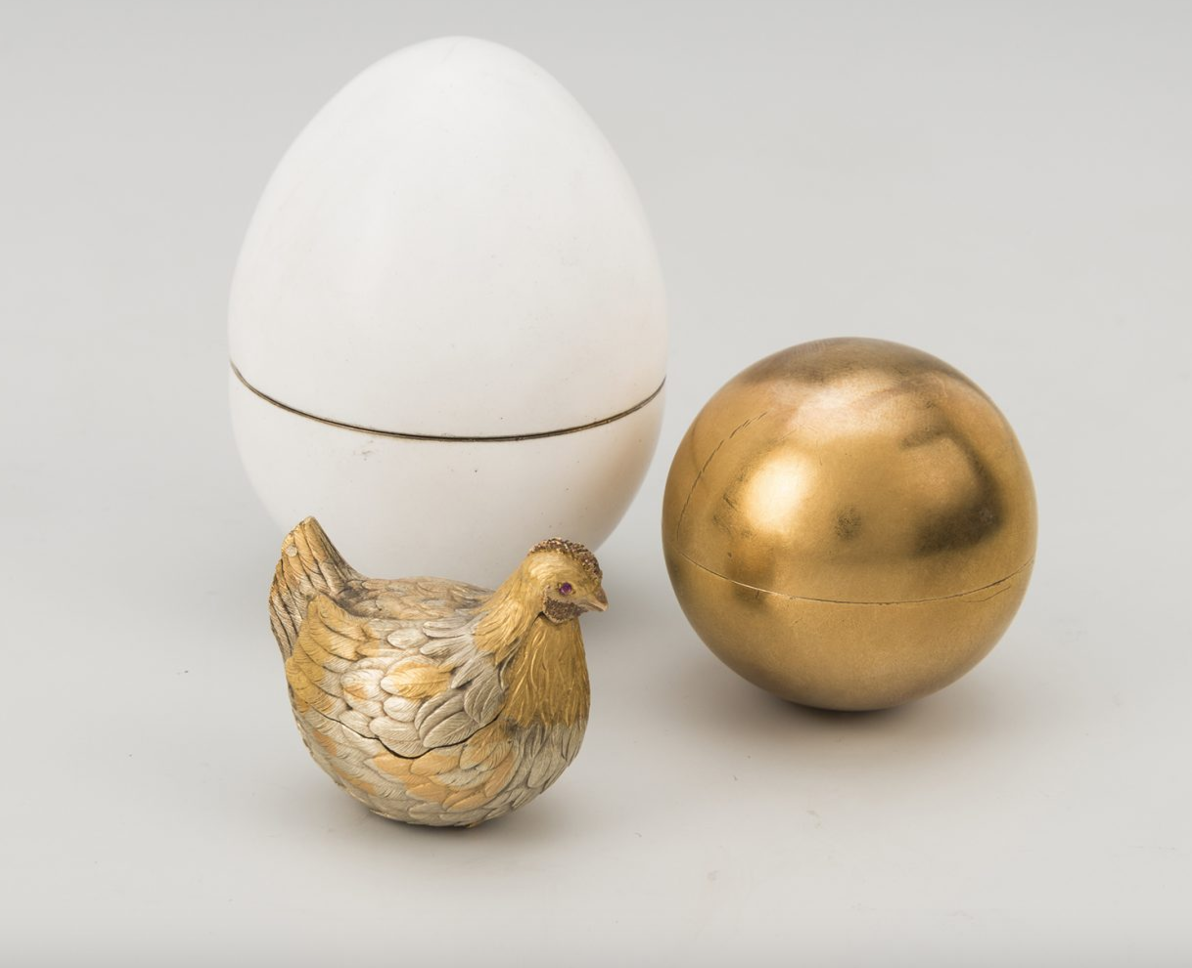
A Tradition of Opulence
Impressed by the ingenuity and craftsmanship of the first egg, Tsar Alexander III made Fabergé the official goldsmith to the Russian Imperial Court. Each year, the Tsar commissioned another egg as an Easter gift for his wife. Upon his death, his son, Nicholas II, continued the tradition, gifting eggs to both his mother and his wife, Alexandra Feodorovna.
From 1885 to 1917, a total of 50 Imperial Fabergé eggs were created, with each one more elaborate than the last. Some of the most famous include the Coronation Egg, crafted to commemorate the coronation of Nicholas II, and the Winter Egg, which featured crystal and diamonds to evoke the beauty of Russian winters. These masterpieces showcased a variety of precious materials, including gold, silver, diamonds, pearls, and enamels.

The Surprises Within
One of the distinguishing features of Fabergé eggs is the surprise hidden inside each creation. These surprises were often miniature objects of extraordinary craftsmanship, ranging from mechanical toys to miniature portraits, delicate jewelry, and even ships and coaches. The Coronation Egg, for example, held a miniature replica of the Imperial coach used in Nicholas II’s coronation, complete with moving wheels and detailed interiors.
The element of surprise was not just a whimsical addition—it reflected the grandeur and elegance of the Russian Imperial family and reinforced Fabergé’s ability to blend art and engineering into a seamless whole.
The Fall of the Romanovs and the Fate of the Fabergé Eggs
The Russian Revolution of 1917 brought an abrupt end to the Fabergé tradition. Nicholas II was deposed, and the Romanov family was executed, signaling the end of Imperial Russia. The House of Fabergé was nationalized by the Bolsheviks, and many of the Imperial Eggs were confiscated.
In the years that followed, the eggs were scattered across the globe, with some sold to private collectors and others ending up in museums. Today, of the 50 Imperial eggs, 43 are known to have survived, with several in the collections of institutions such as the Kremlin Armoury, the Fabergé Museum in Saint Petersburg, and the Virginia Museum of Fine Arts in the United States.
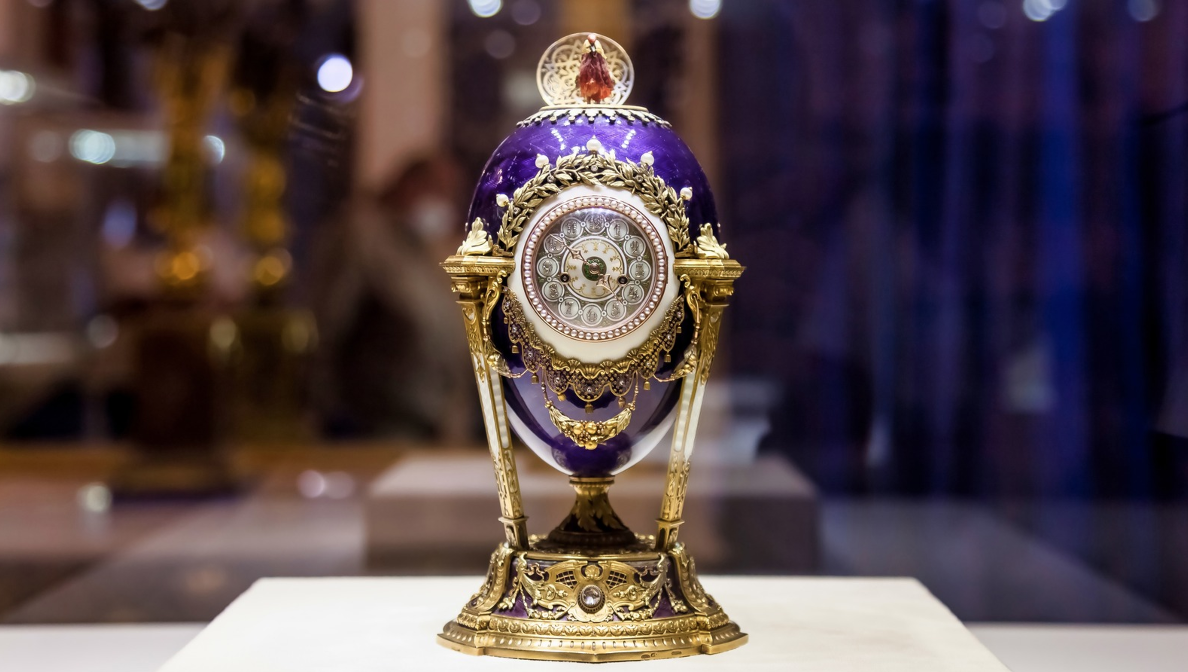
Fabergé’s Legacy and Modern Revival
Though the Fabergé family fled Russia following the revolution, the brand’s legacy endured. Today, Fabergé eggs are considered some of the most valuable and sought-after treasures in the world. In 2004, the modern Fabergé brand was revived, and it continues to create luxury jewelry and egg-inspired designs that honor Peter Carl Fabergé’s original vision.
In 2013, a long-lost Fabergé egg was rediscovered after decades, having been mistaken for a simple piece of scrap metal. This egg, the Third Imperial Egg, fetched millions at auction, reaffirming the timeless appeal of these masterpieces.
The Fabergé Imperial Eggs are more than just luxurious objects—they are symbols of a bygone era of imperial opulence, artistic mastery, and innovation. From their inception in the late 19th century to their enduring legacy today, these eggs continue to fascinate and inspire. With their elaborate designs, rich history, and hidden surprises, the Fabergé eggs remain unparalleled in the world of art and luxury.
Whether housed in prestigious museums or coveted by private collectors, Fabergé’s Imperial Eggs are a testament to the extraordinary power of craftsmanship and the timeless allure of luxury.
